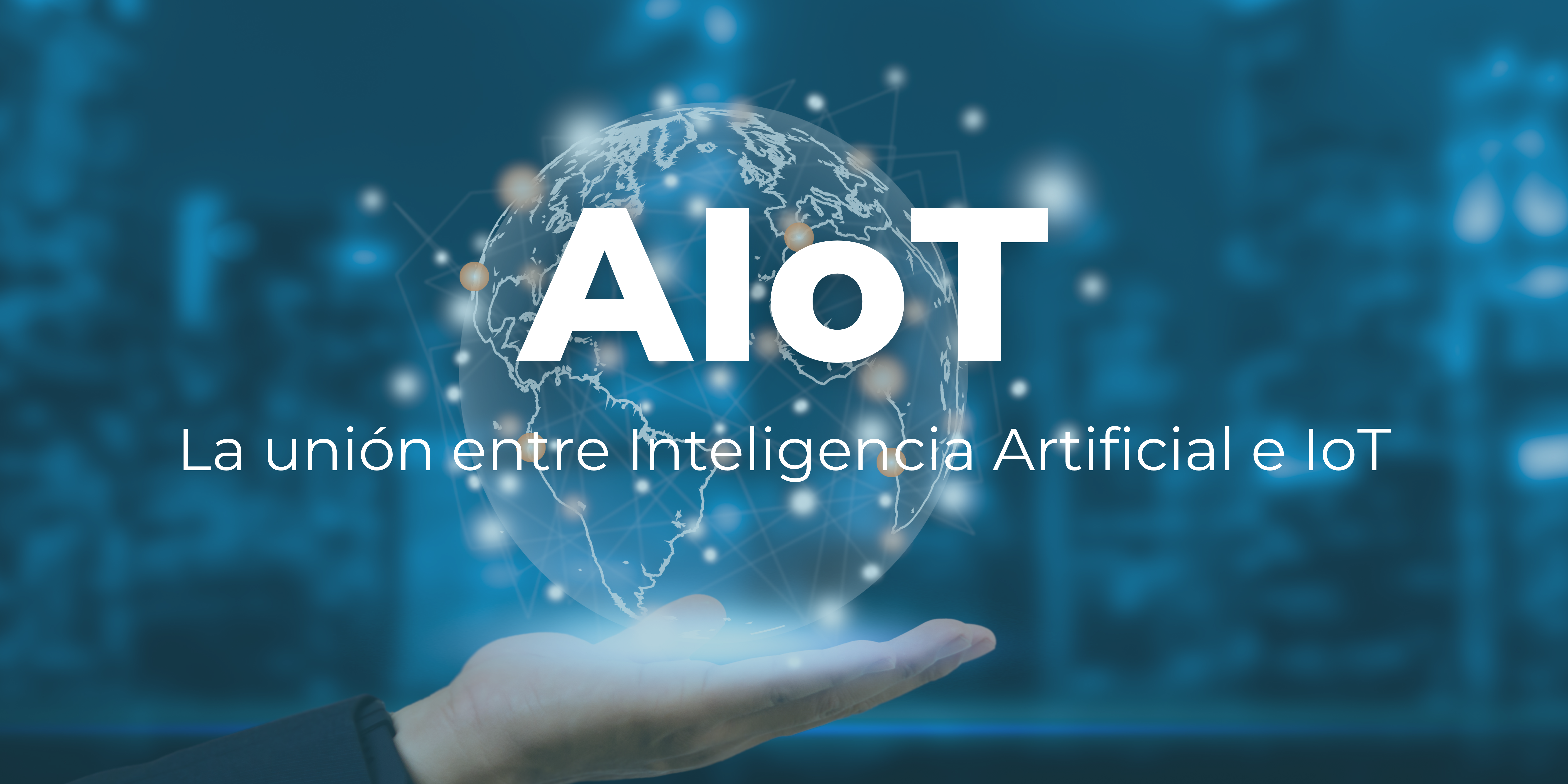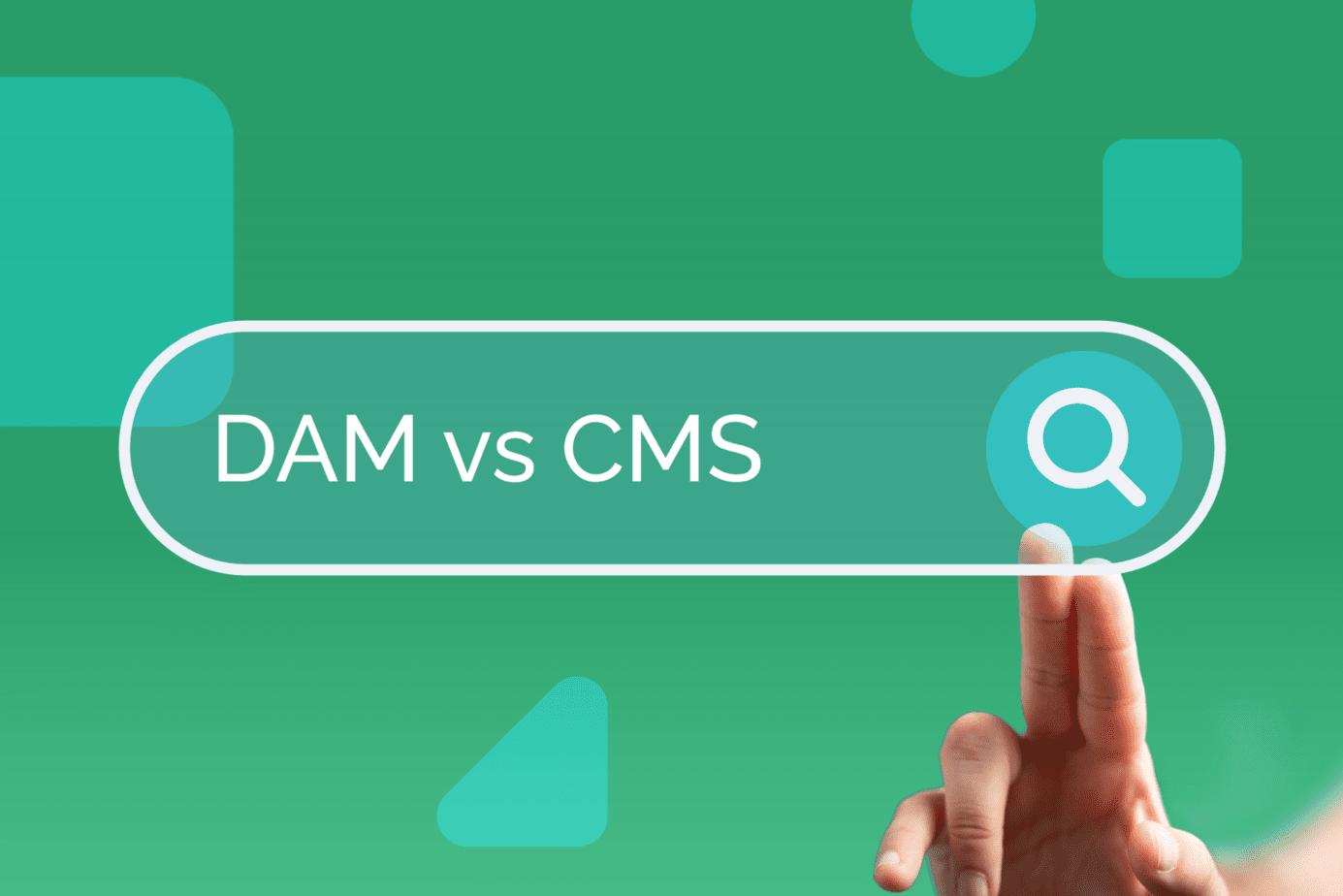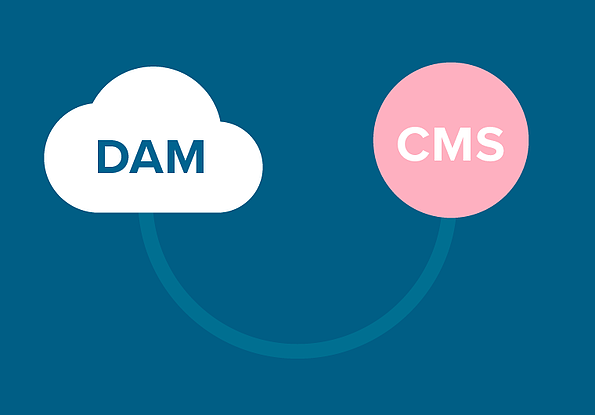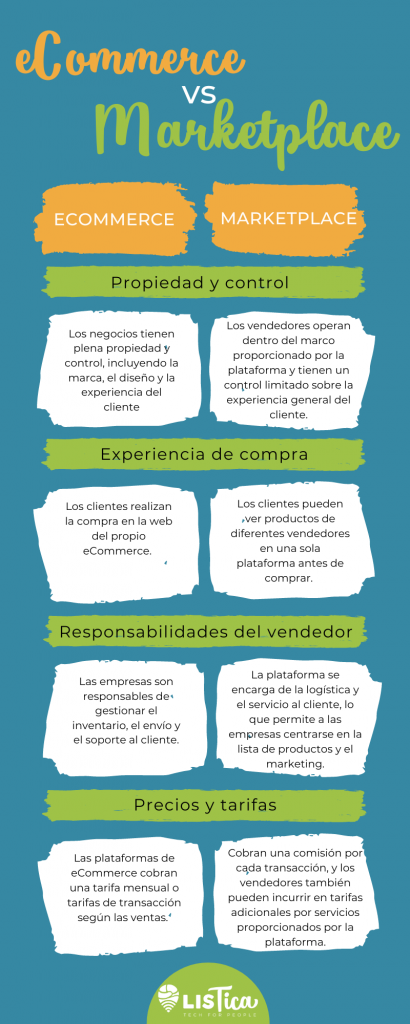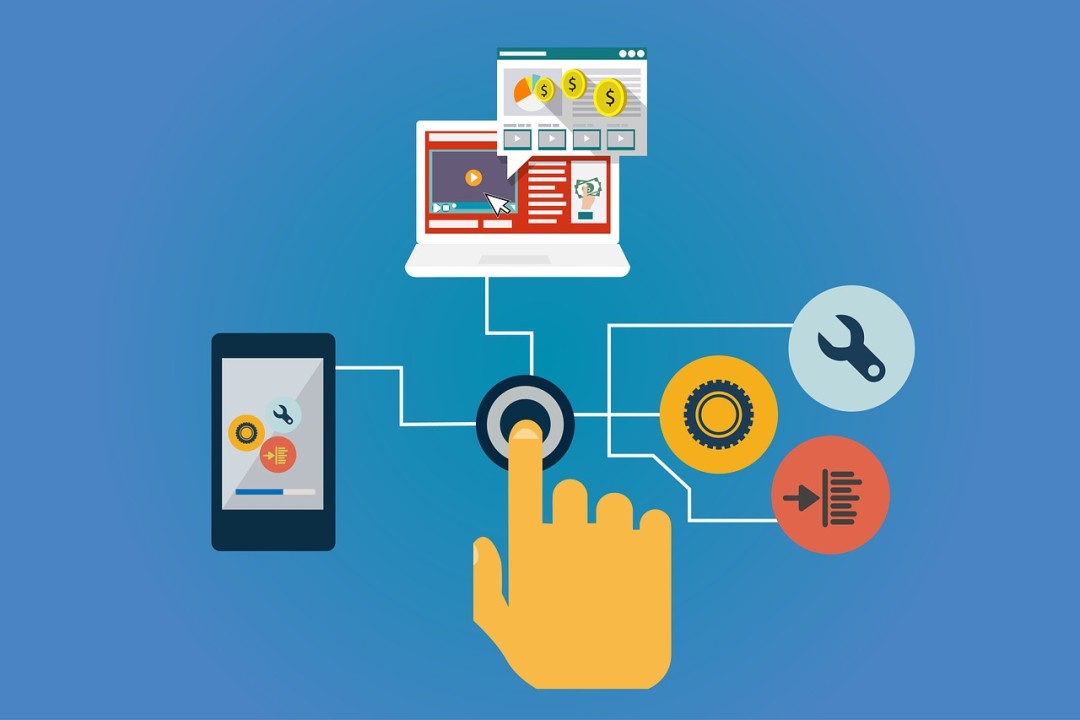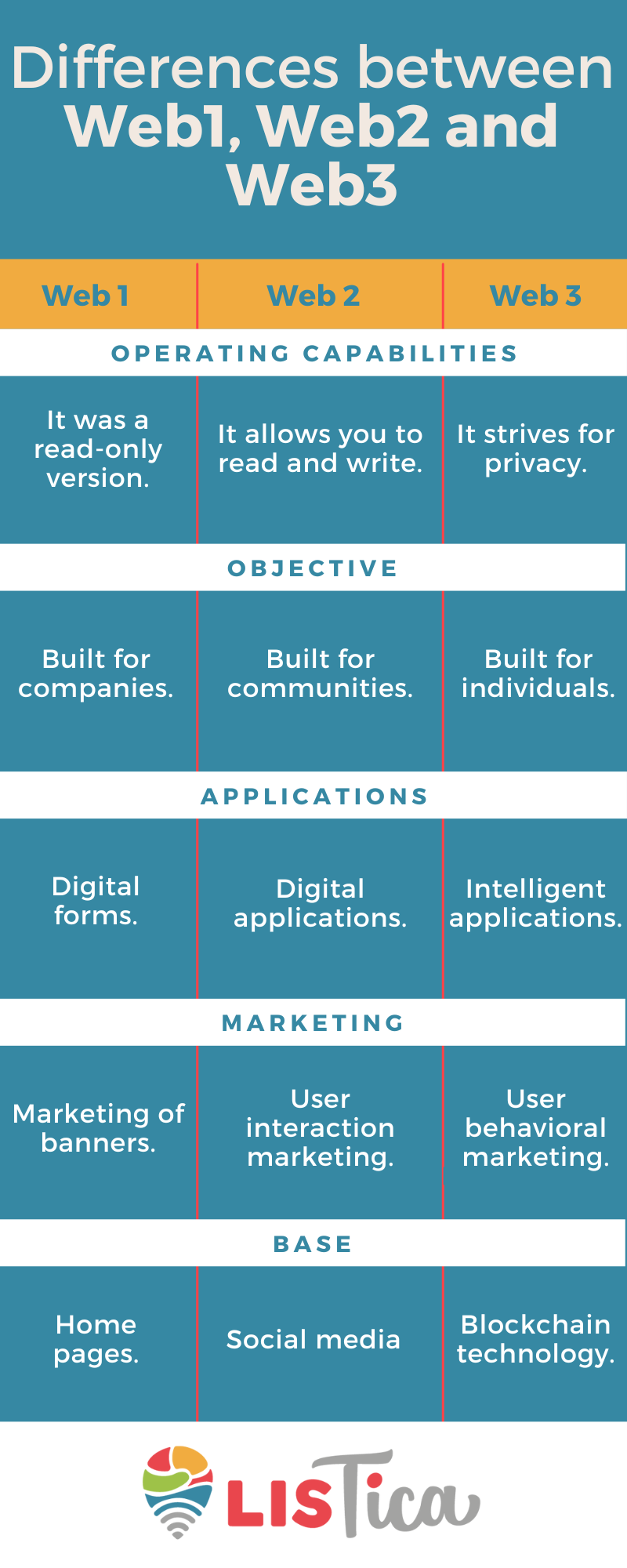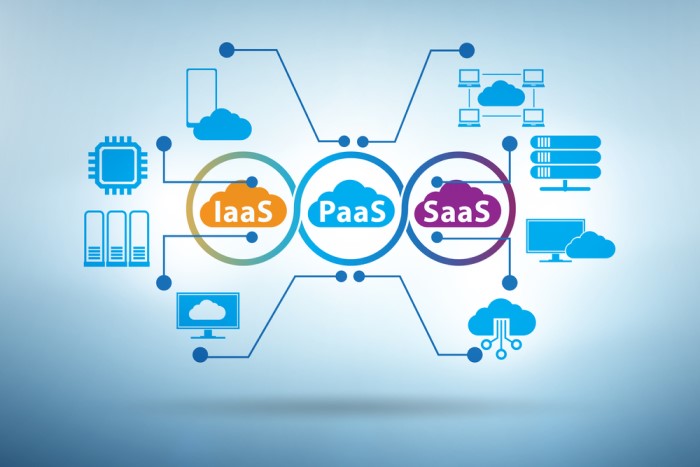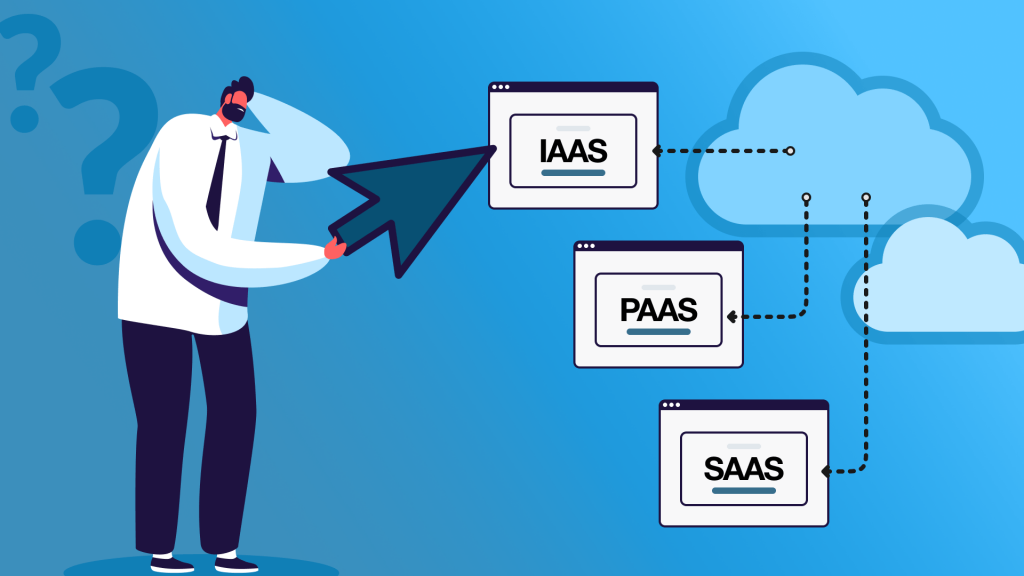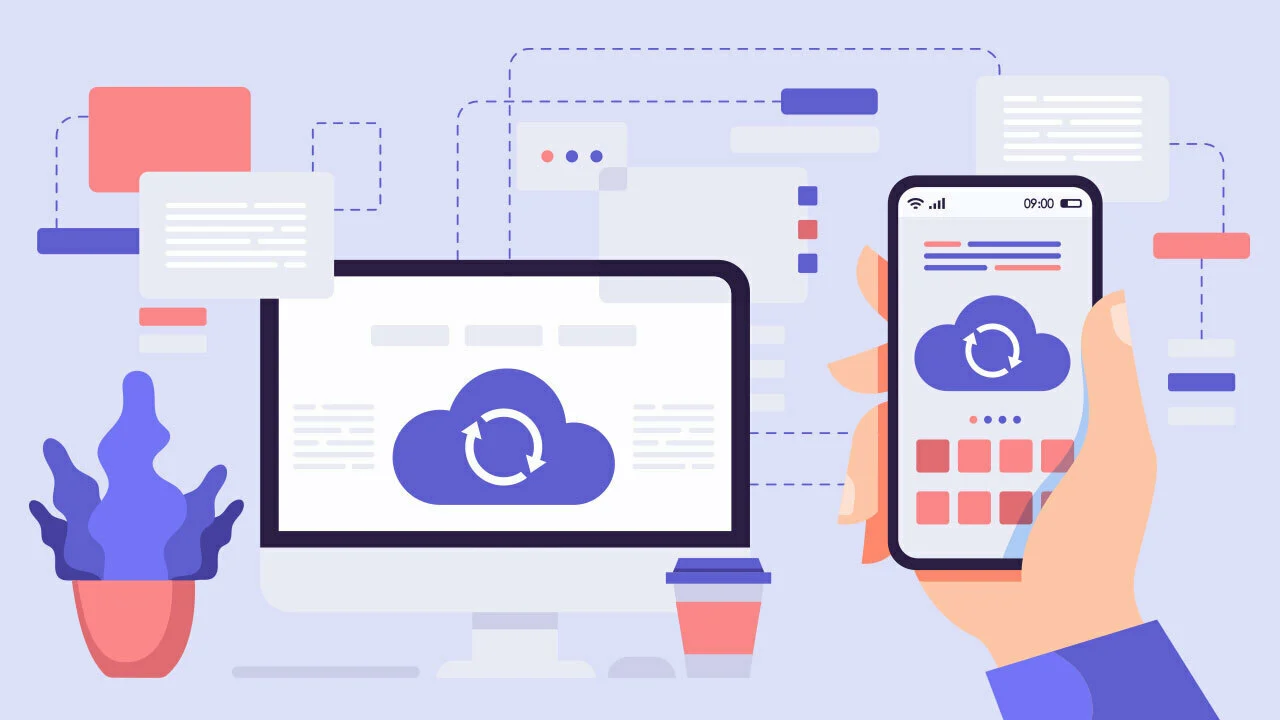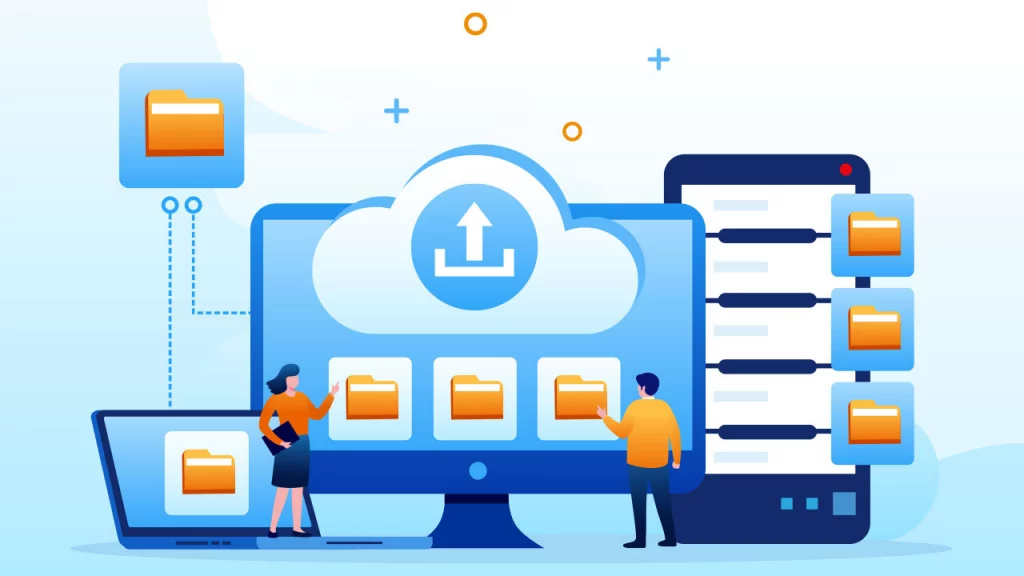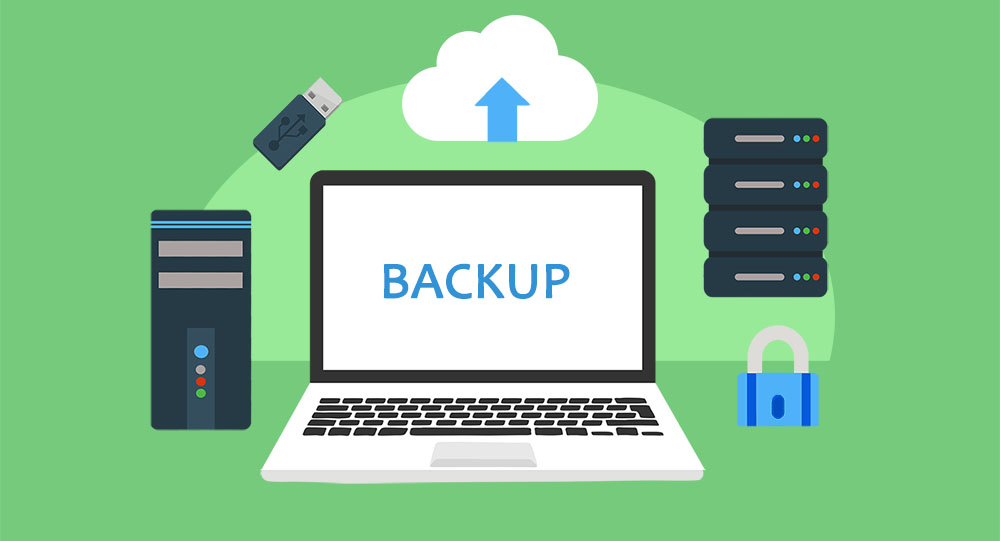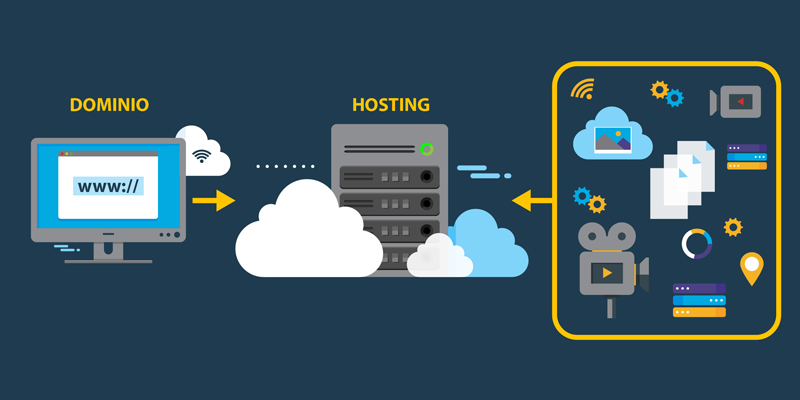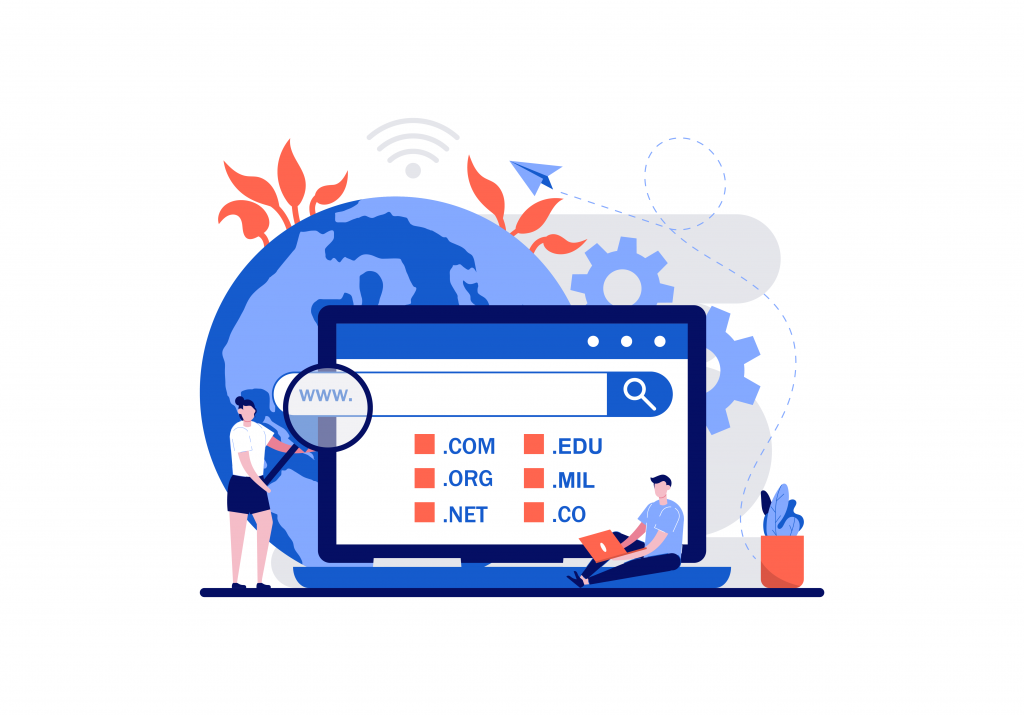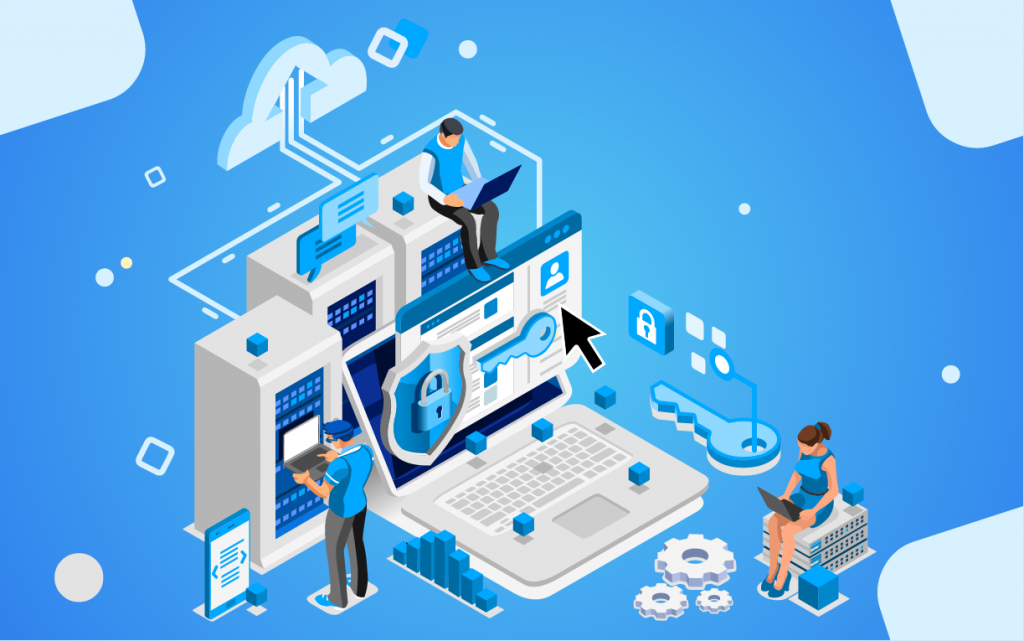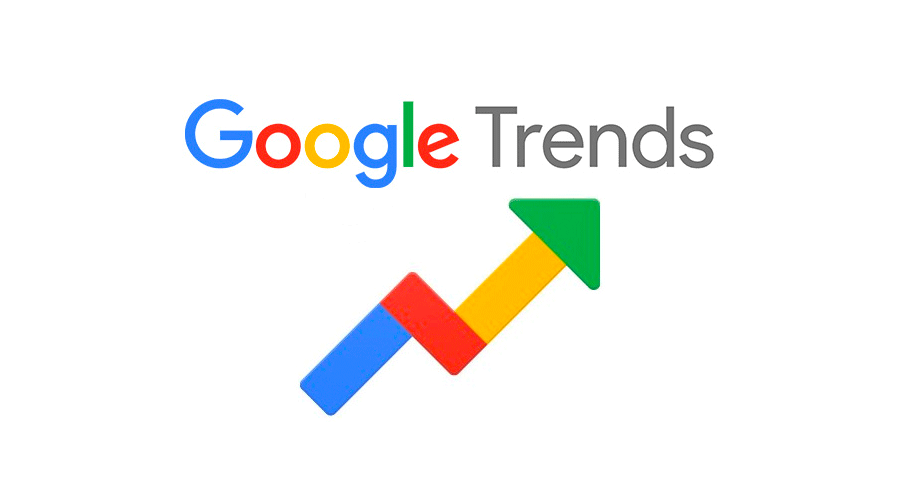
Looking for ways to improve your online visibility and increase your sales?
We know that in the ever-changing world of digital marketing, keeping up with the latest trends and tools is essential to the success of any business.
One of the most valuable tools in this regard is Google Trends, as it provides you with invaluable information about search trends and online behavior patterns.
In this article, we tell you what Google Trends is and how it can be a great ally for your company.
What is Google Trends
Google Trends is a free marketing tool that allows users to explore and get information about search trends on Google.
It also gives you the possibility to search for specific terms, know their popularity and trends, access trends in real time, see which topics are popular at that moment, as well as analyze the evolution of searches throughout the year and receive notifications about trends and relevant topics.
What Google Trends is for
Google Trends is a very useful tool for businesses. You can use it to:
- To know the most searched terms in the last year. If you are planning your marketing and sales strategy, this general report of Google Trends can give you clues about the most important topics in Costa Rica and internationally.
- Identify current and future trends in your market. This information can be useful to make decisions about your company, what products or services to offer, how to market them or what audience to target.
- Detect market opportunities. If you see that a topic is starting to become popular, it is a clear sign that there is a new business option.
- Discover regions with high sales potential. With this option, you have the possibility to know in which places in Costa Rica or cities in the world are looking for your product or service the most.
You can then focus your marketing and sales efforts on those locations.
- Monitor the competition. Google Trends can help you track your competitors, see what keywords they are using and how their search traffic is changing over time.
In this way, you will identify areas in which your own business should be optimized.
- Improve your marketing strategy. With Google Trends you will see which keywords are most popular and how they change over time.
- Generate ideas for blog posts. Google Trends will help you find new and interesting topics for your target audience to find you through your blog.
How to use Google Trends
You can access Google Trends for free, you don't even need a Google account to use it.
All you have to do is go to the Google Trends website, enter any search term or topic in the search bar and select 'Search'.
Google Trends will display a graph reflecting the popularity of the search term over time.
You can also see the relevance of the search term in different countries, regions, segments and platforms.
Alternatives to Google Trends
Google Trends is a great tool to see search trends, but it's not the only one. Here are some alternatives to Google Trends that you can use::
- Keywordtool.io: is a tool that generates keywords related to a term you enter. You can use Keywordtool.io to find new keywords for your website and marketing campaigns.
- Ubersuggest: SEO platform that allows you to search for keywords relevant to your business and content ideas.
In addition, it shows you the search volume for each keyword, the keyword difficulty and the cost per click (CPC).
- AnswerThePublic: This tool creates questions related to a term you enter. You can use AnswerThePublic to get ideas for content, as well as to identify keywords you are not leveraging.
- Semrush: is more complete than Google Trends, Ubersuggest and Keywordtool.io.
This SEO tool makes it easy for you to search for keywords relevant to your business, as well as content ideas, competitor analysis and tracking your keyword positions in search engines.
- SimilarWeb: provides data about a website's web traffic. So with SimilarWeb you will be able to see which keywords are sending traffic to a website and identify search trends in a specific sector.
In conclusion, Google Trends is a must-have tool for any online business, as it provides you with useful information about search trends and user behavior to make informed and strategic decisions for the growth of your business.
Tell us, did you know or have you used Google Trends?

